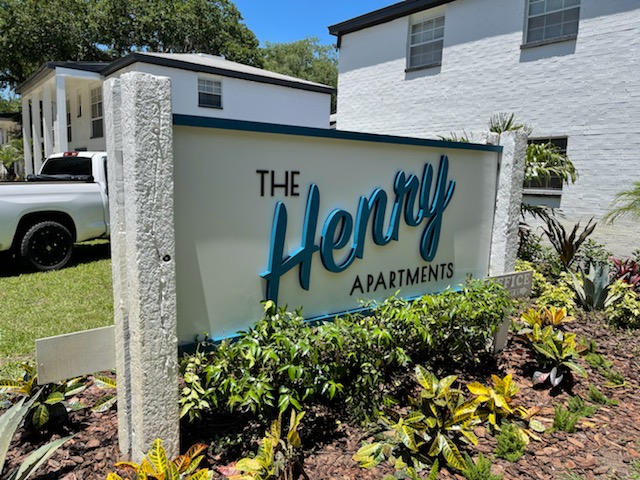
Detailed ADA Guidelines to design ADA Compliant Signage in the Tampa Bay Area, FL
When it comes to designing ADA Compliant Signage there is a common misconception about the design of ADA Signs. Many are concerned that the ADA sign design might turn out to be aesthetically unattractive. However, at Signs Insight our ADA Compliant Signs are designed with not only utility as a key factor but also aesthetic appeal. As your local sign company, located in the Tampa Bay Area, we make sure to meet local ADA Guidelines while design attractive signs to enhance your property.
In order to comply with the American with Disabilities Act, which was written into legislation back in the 1990s, we have summarized the requirements related to signage below. Although, these requirements might seem overwhelming it still gives us a lot of flexibility when it comes to design. At Signs Insight we are specialized in designing ADA Compliant Signs, so you don’t have to worry about breaking the law.

Tactile
Starting with the text copy on ADA Signage. The copy must be in tactile, which is the raised lettering on the signage. The tactile must be raised a minimum of 1/32” and must stay within 5/8” and 2” tall in terms of size.
Braille
ADA Signs are sometimes referred to as Braille signs, due to the braille that is compulsory on all signage that indicates permanent rooms. All braille must be Grade 2 braille in order to be compliant. The braille should be a direct translation of the sign and must be placed directly under the copy. For multiple lines of text, the braille shall be located below the entire text.
Font
The font used for ADA Compliant Signage has a few restrictions but this doesn’t withholds us from designing beautiful signage. To start, the font must be sans serif and in all caps. Furthermore, the font must not be italic, script, bold or decorative in any way to enhance readability by touch.
Finishing
ADA Compliant Signage cannot be shiny or reflective and therefore must have a non-glare or matte finishing. In addition to that, textures must be kept to a minimum as to not affect legibility. Since the signs are intended to be read by touch they cannot have any sharp or abrasive edges.
Contrast
Last but not least, ADA Compliant Signage must have a contrast ratio of 70 percent between the tactile lettering and the background. This means either dark letters on a light background or the use of light letters on a darker background. There are no limitations when it comes to the actual colors, which leaves us with enough flexibility for the design.
ADA Compliant Signage by Signs Insight
Passing your inspection related to ADA Compliant Signage involves not only the design of the sign but also the installation method. Stay tuned for our next post about the installation guidelines for ADA Compliant Signs. Meanwhile, would you like to start your next signage project?
Contact your local sign company in the Tampa Bay Area today. Call us at (813) 523-3128 or email sales@signsinsight.com and we’ll get back to you within 24 hours!
LATEST POSTS
Contact us today to find out how we can help you with your signage needs.







